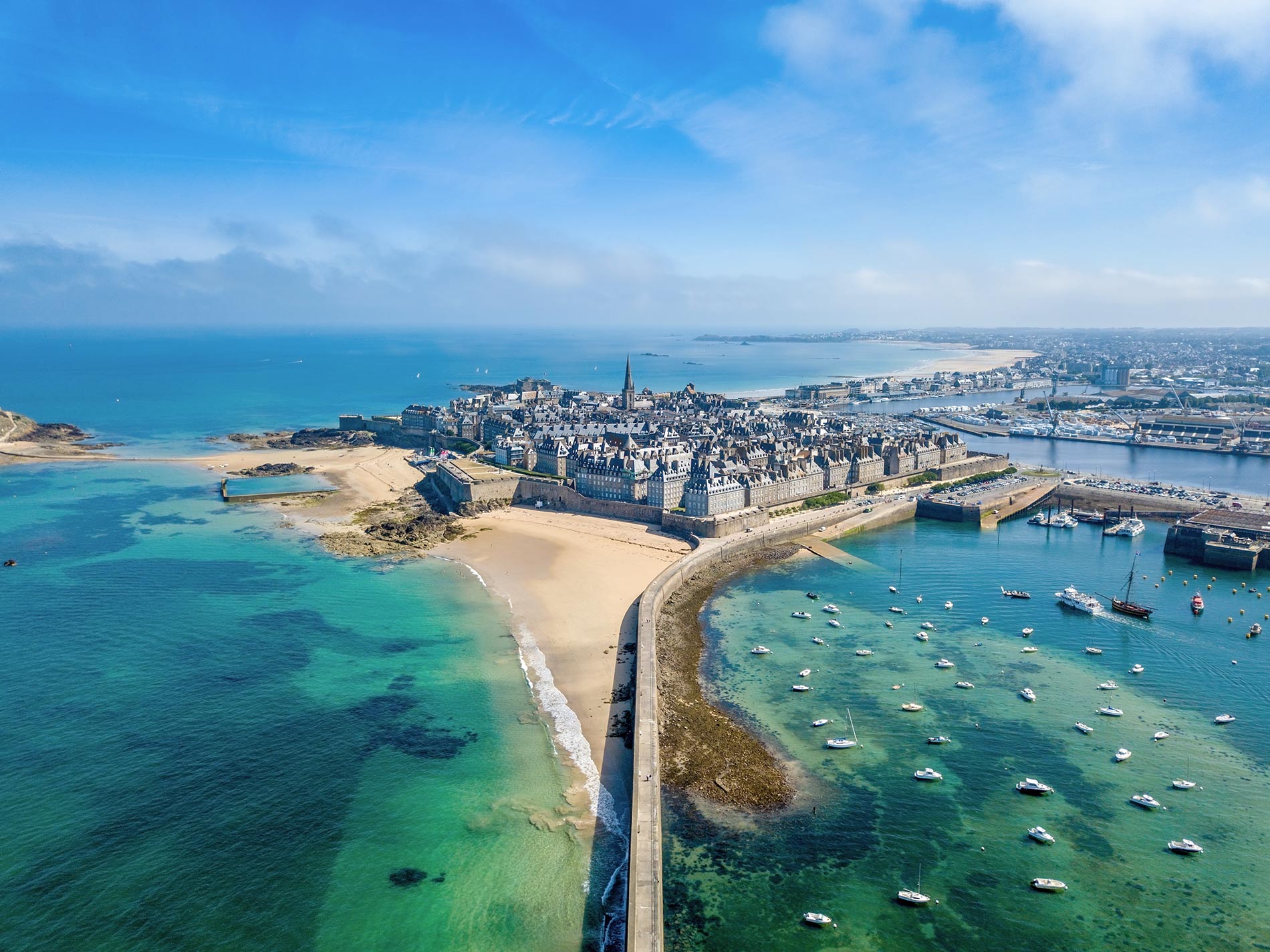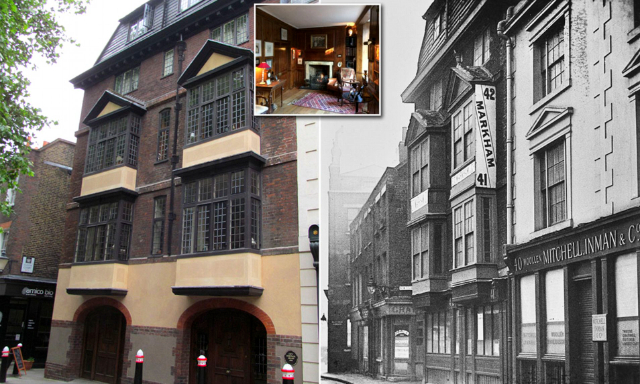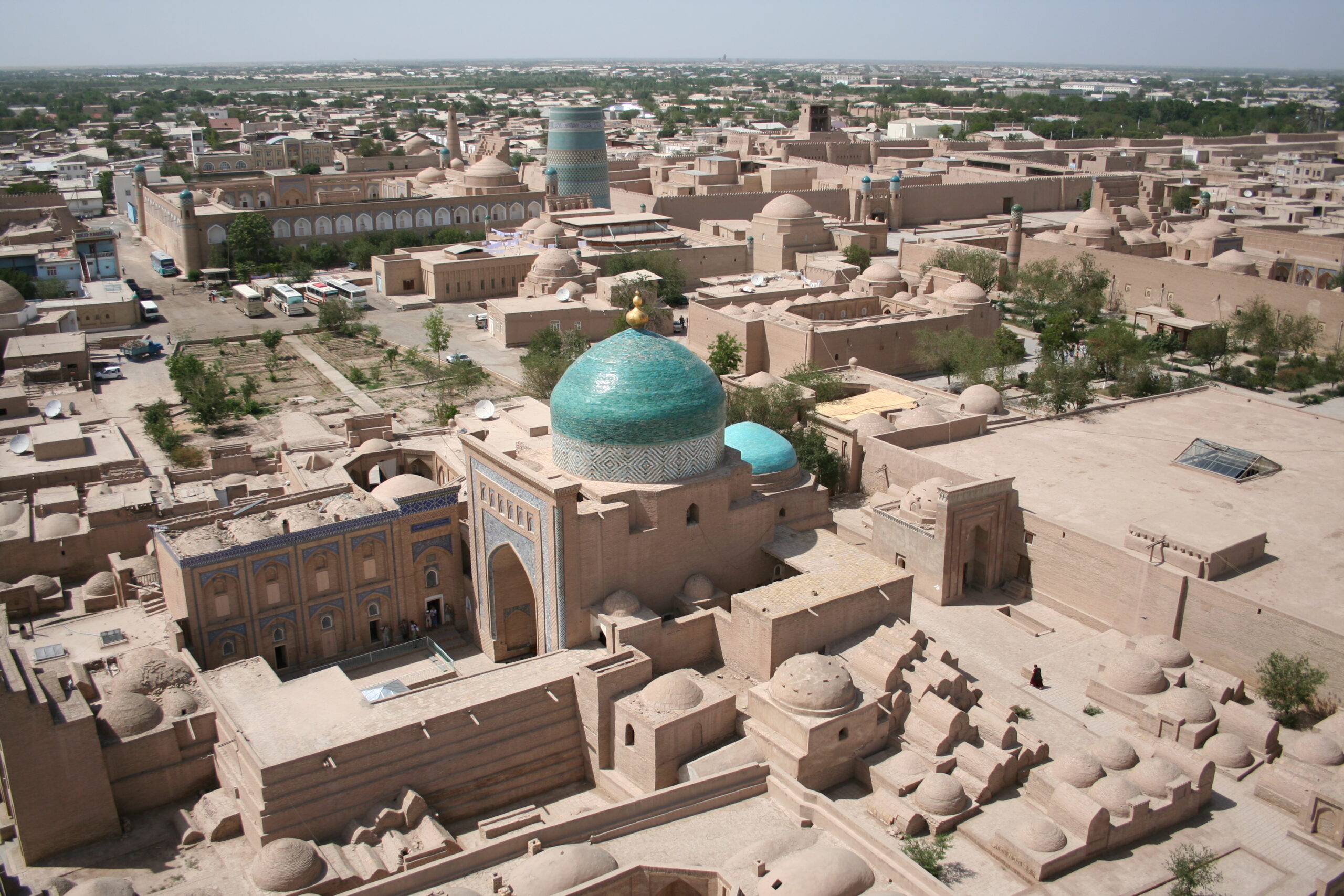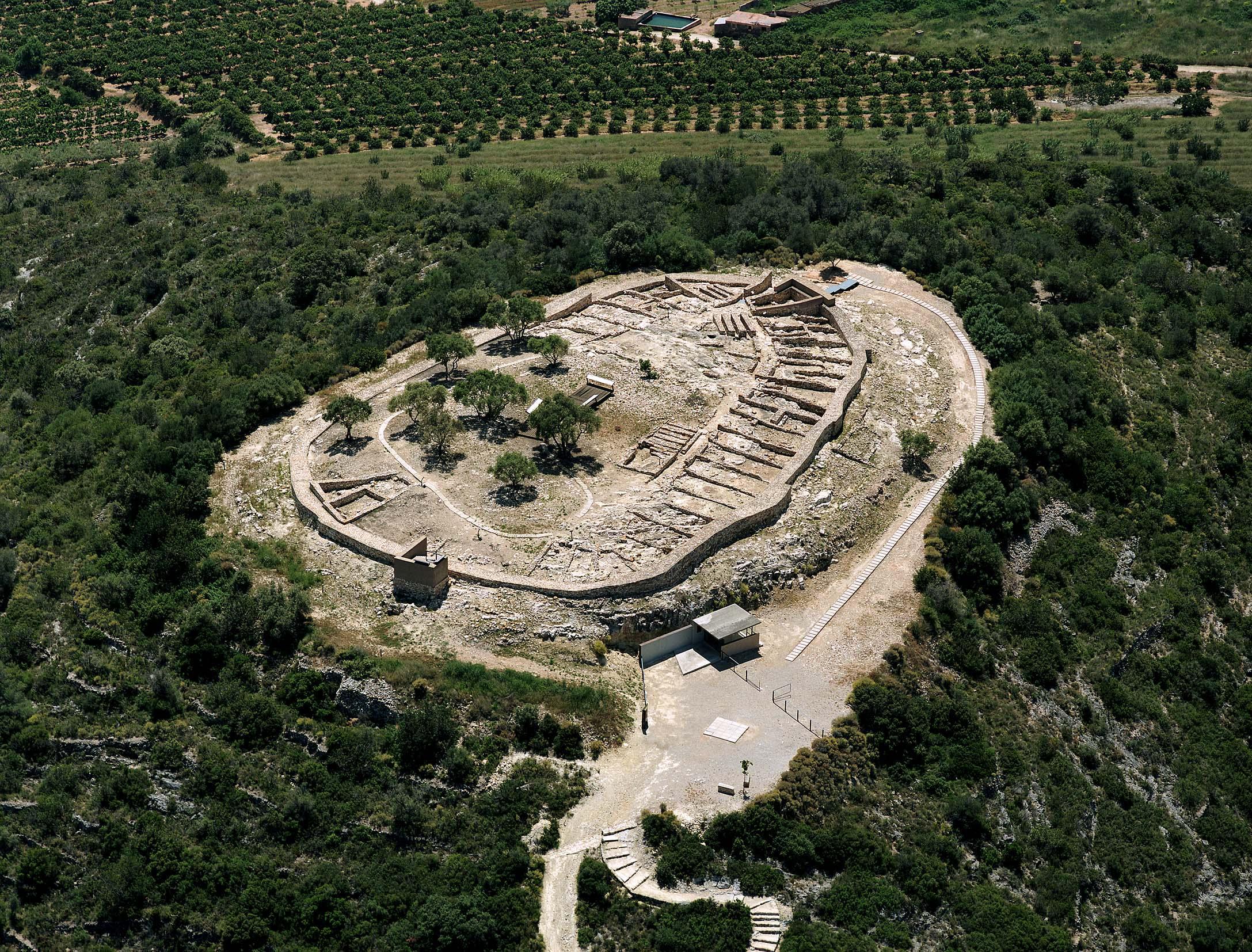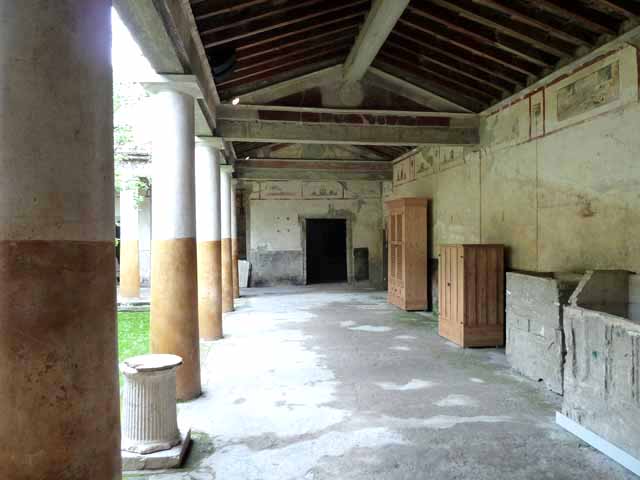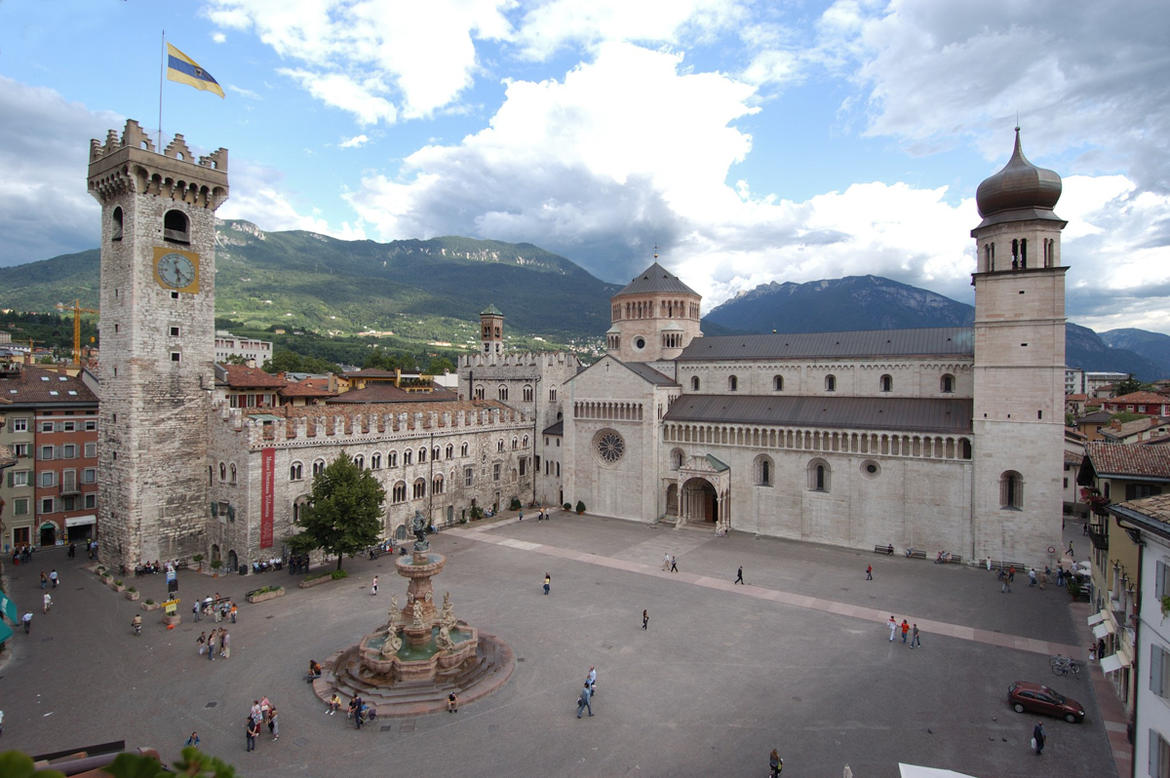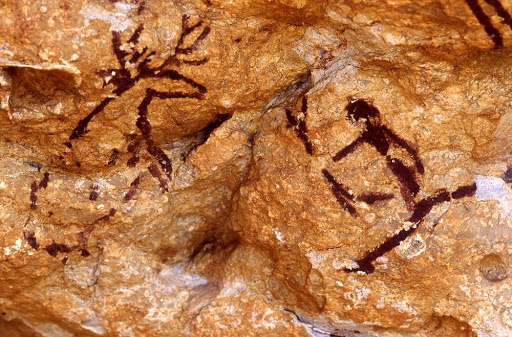"Neither French nor Breton, I’m from Saint-Malo." This phrase, which contains unique worlds, atmospheres and suggestions, leads directly to the city of corsairs, which is located in the north of France, but it is as if it were in a nation apart. When you arrive, in fact, you feel as if you’re in an elsewhere made up of old times that envelop you, and protect you, within high ramparts that are both destination and passage of this bewitching corner of Brittany. Founded in the 12th century on a small island connected to the coast, on the northern tip of Ille-et-Vilaine on the border with Normandy, it was much later, in 1700, that the corsairs Duguay-Trouin and Surcouf transformed this town into their kingdom, waving the local flag above the French one. It owes its name to an English monk, Mac Low, who landed in France in the sixth century to evangelize the region, and later became bishop of Aleth which was destroyed and on whose ruins Saint-Malo was founded, with a central role in the conflicts with England. A country towards which the statue of Surcouf points the finger.
A fortified citadel used by pirates
Like saying a corner of France in its own right, about three hours by train from Paris, where the light of the sky, which remains sapphire-coloured until very late, duels with the seabed.
So the scenery becomes rarefied, especially from sunset onwards when the so-called blue hour so loved by photographers extends into this treasure chest of history. Perfectly reconstructed after having been almost completely razed to the ground by bombing during the Second World War, here, in the fortified citadel, you can walk among the granite walls of the stronghold used by the pirates recognized by the king (they had official documents that made their activity legal according to a precise war regulations), to whom is dedicated the Demeure de Corsaire, house-museum that tells of their deeds and life.
